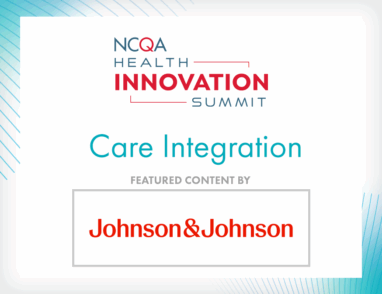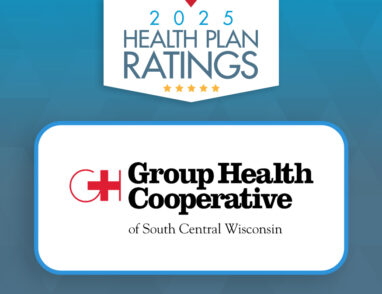How Digital Quality Can Improve the Member Experience
October 4, 2024 · Becky Kolinski
There are many benefits to transitioning to digital quality measurement—such as accessing data more readily, with less friction, at lower cost—but the most important is improved care delivery.
People expect their clinicians to know about their health history and their current health care needs. Recent laws allow patients to access their entire medical record on their iPhone, which might make them wonder why the organizations they trust with their health care don’t always have the same access to that information.
Rebecca Jacobson, CEO of Astrata—a digital quality company—explained the business case for digital quality on a recent episode of the Quality Matters podcast, The Move to Digital Quality Measurement.
Here’s what she had to say about how patients and members benefit from the transition.
Real-Time Data Sharing
Quality measurement is a retrospective process, and health care organizations have invested significant resources to build databases that simulate HEDIS measures to identify gaps in care during the measurement year. But those databases are limited in scope, and are rarely up to date. Digital quality measurement lets organizations track results closer to real time.
“The switch to digital quality provides much better measurement at a much lower cost,” says Jacobson. “It allows us to be proactive—working with members and clinicians during the measurement year to improve the quality of health care—and we can do that with less manual effort and using smaller teams.”
Reduced Member Abrasion
Value-based payments incentivize health care organizations to aggressively work to close care gaps—which can lead to a tsunami of emails, texts, phone calls and direct mail to patients and members. These well-intended but potentially overwhelming communications can irritate people and cause them to disengage. Even worse, they may cause harm.
Some quality measures have exclusions that remove a person from the denominator (the measure’s defined population); for example, someone whose colon was removed would not need to be screened for colon cancer. When health care organizations interact with patients or members—asking them to do things that they can’t or wouldn’t want to do—it creates abrasion.
Abrasion can be extreme. As Jacobson explains, “Imagine, for example, a health care organization calling a mother about care for a baby, and the baby has not come home. This causes stress and difficulty for the mother. By knowing about these exclusions upfront, we can prevent some of these situations from happening.”
Digital quality measurement can reduce member abrasion by providing timely and accurate data.
Ability to Prioritize Efforts
Digital quality measurement also helps organizations set priorities and direct resources toward people who are at the highest risk—and are most likely to respond to interventions. According to Jacobson, that’s where technology, like machine learning, comes into play.
“Having access to clinical data can tell us how aggressive we need to be in trying to get a person in for screening,” says Jacobson. “Machine learning is an approach that uses statistics and mathematics to look at the data and derive that decision. It can direct the quality improvement teams to focus on the right people, and I think it will be very a powerful tool that will help us to do better.”
Listen to the Quality Matters podcast, The Move to Digital Quality Measurement, to hear more from Rebecca Jacobson on the transition to digital quality, and why you should get started now.
Check out NCQA’s Digital Quality Hub for tools and resources.







